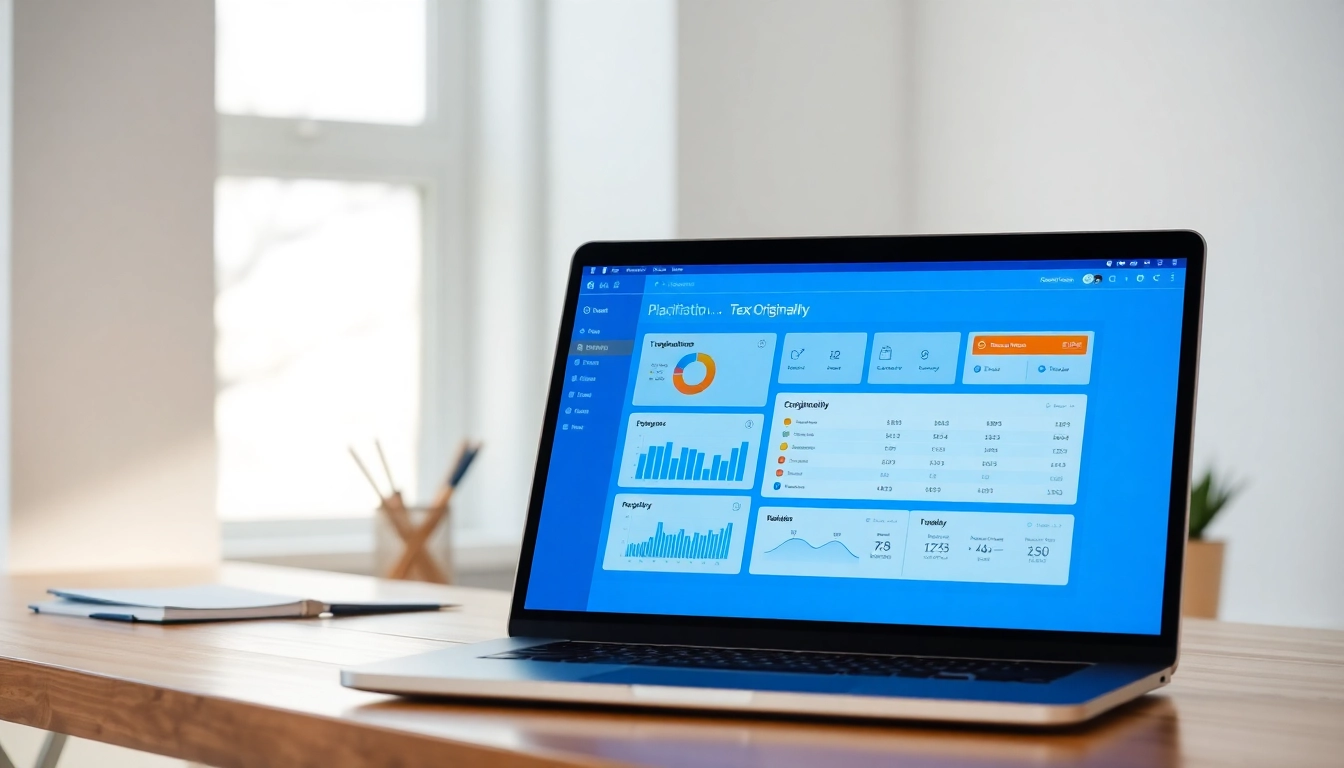Understanding Plagiarism: What You Need to Know
Plagiarism is a serious offense in academic and professional settings, with implications that can affect your career, reputation, and academic integrity. Understanding what constitutes plagiarism and how to avoid it is crucial for anyone engaged in writing or research. The plagiarism checker has become an essential tool for maintaining integrity in written work, helping individuals ensure their writing is original and properly cited.
Defining Plagiarism: Different Types
Plagiarism can take many forms, and recognizing the various types is essential for avoidance:
- Direct Plagiarism: Copying someone else’s work word-for-word without acknowledgment.
- Self-Plagiarism: Reusing your own previously submitted work without permission or citation.
- Partial Plagiarism: Using parts of someone else’s work without proper citation, even if the original work is not fully copied.
- Mosaic Plagiarism: Interspersing phrases or ideas from a source within your own writing without proper citation.
- Accidental Plagiarism: Failing to cite a source properly due to oversight or misunderstanding.
The Ethical Implications of Plagiarism
Engaging in plagiarism undermines the trust between authors and their audience. It diminishes the value of original work and can lead to disciplinary action in academic settings or job termination in professional environments. Ethically, it’s crucial to respect the intellectual property of others, which fosters a culture of integrity and respect within the academic and creative communities.
How Plagiarism Can Impact Your Academic Journey
Students caught plagiarizing can face severe penalties, including failing grades, suspension, or expulsion. Beyond immediate academic consequences, the long-term impact on a student’s reputation and future opportunities can be detrimental. In professional settings, plagiarism can lead to reputational damage, loss of career advancement opportunities, and legal consequences.
Getting Started with a Plagiarism Checker
With the rise of advanced writing technologies, plagiarism checkers are more important than ever. Understanding how to effectively utilize these tools will help you maintain the integrity of your work.
Choosing the Right Plagiarism Checker for Your Needs
Selecting an appropriate plagiarism checker involves considering a few key factors:
- Database Size: The larger the database, the more comprehensive the plagiarism detection. A tool with access to academic journals, websites, and previous research papers is essential.
- Report Quality: Look for tools that provide detailed reports, highlighting exact matches and offering suggestions for improvement.
- Usability: Choose a checker with an intuitive interface that allows you to submit documents easily and review results seamlessly.
- Cost: While some checkers offer free services, premium options can provide in-depth features and better accuracy.
Step-by-Step Guide to Using a Plagiarism Checker
Utilizing a plagiarism checker is straightforward. Here’s how to do it:
- Select a plagiarism checker: Choose a reliable tool based on your earlier considerations.
- Upload your document: Copy and paste your text or upload a document file as supported by the tool.
- Run the check: Click the check button and wait for the tool to analyze your document.
- Review the report: Examine the results for any highlighted sections and suggested corrections.
- Make necessary edits: Adjust your document based on the feedback to ensure originality.
Common Mistakes to Avoid When Using a Plagiarism Checker
To maximize the effectiveness of a plagiarism checker, avoid these pitfalls:
- Neglecting to check before submission: Always use a plagiarism checker before submitting your work.
- Ignoring results: Engaging in denial about flagged sections can lead to penalties.
- Inadequately revising work: Merely changing a few words isn’t enough; ensure your writing expresses your own voice.
- Overreliance on tools: While helpful, plagiarism checkers should complement your efforts in proper citation and originality.
Advanced Features of a Plagiarism Checker
Modern plagiarism checkers come equipped with numerous advanced features that enhance their utility. Leveraging these functionalities can greatly improve your writing accuracy and originality.
Interpreting Your Plagiarism Report
Understanding how to read a plagiarism report is essential. Most reports will show:
- Overall similarity score: This percentage indicates how much of your text matches external sources.
- Highlighted matches: The report will often show which exact phrases or sentences are flagged.
- Source links: Where applicable, reports will provide links to the matched sources, allowing for verification.
Understanding Similarity Scores and Their Significance
Similarity scores can be misleading if misunderstood. A high score does not always indicate deliberate plagiarism; it may reflect common phrases or terms in technical writing. Conversely, a low score doesn’t guarantee originality, as fraudulently paraphrased content might still pass through undetected.
Integrating a Plagiarism Checker into Your Writing Workflow
To effectively incorporate a plagiarism checker into your writing process:
- Make it a habit: Run your work through the checker after completing your final draft.
- Utilize feedback constructively: Use the results to inform your revisions, focusing on improving citation practices.
- Educate others: Share the importance of using plagiarism checkers with peers to promote academic integrity in your network.
Best Practices for Avoiding Plagiarism
The best way to avoid dealing with plagiarism is to implement practices that ensure the originality of your work from the start.
Tips for Proper Citation and Referencing
Proper citation is essential in acknowledging the contributions of other authors. Here are some tips:
- Follow the appropriate style guide: Use MLA, APA, Chicago, or whichever style is relevant to your field.
- Be consistent: Adhere to one style across your work to maintain cohesiveness.
- Keep track of sources: Document necessary citation information as you conduct your research.
Learning How to Paraphrase Effectively
Paraphrasing is a valuable skill in avoiding plagiarism while still relying on the ideas of others. Here are some guidelines:
- Read the source carefully: Understanding the context is key to successful paraphrasing.
- Summarize the main points: Distill the essence of the original text into your own words.
- Use your unique voice: Ensure that your paraphrase reflects your own writing style and understanding.
Utilizing Writing Resources to Enhance Originality
Various resources are available to support originality in writing:
- Writing centers: Many academic institutions offer writing center services that provide assistance in improving writing skills.
- Online courses: Enroll in courses that focus on research methods and proper citation practices.
- Peer review: Allow peers to review your work, providing an outside perspective on originality and clarity.
The Future of Plagiarism Checkers
The landscape of plagiarism detection is evolving rapidly due to advancements in technology. Staying abreast of these changes will help writers safeguard their work’s integrity.
Emerging Technologies in Plagiarism Detection
AI and machine learning technologies are being integrated into plagiarism checkers, enhancing their capacity to detect complex plagiarism patterns. These advanced systems can better distinguish between intentional plagiarism and common phrase usage while learning from new data inputs.
The Role of AI in Enhancing Plagiarism Checkers
AI technologies improve the efficiency of plagiarism detection tools by increasing their accuracy in analyzing text. They can help identify inconsistencies within the writing and offer suggestions for enhancing originality.
Adapting to Changes in Academic Standards
As academic standards evolve, plagiarism checkers will need to adapt to new formats and citation styles. Educational institutions are increasingly emphasizing the importance of originality, which will reflect in how plagiarism checkers develop and function in the future.



